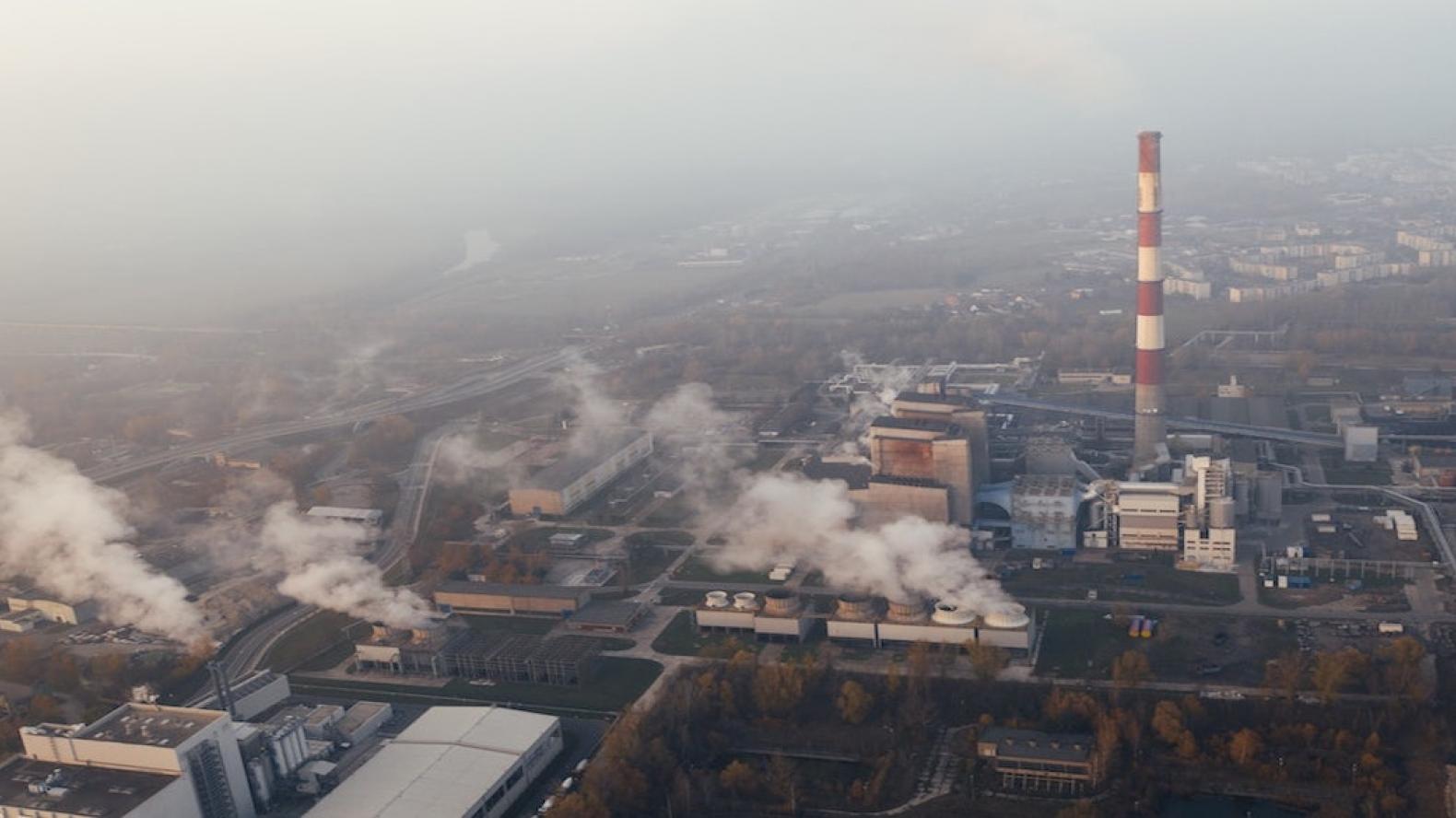
This article by Erik Rolfsen was originally published by UBC News on June 14, 2021. Photo by Marcin Jozwiak / Unsplash.
An international research team led by the University of British Columbia’s Dr. Michael Brauer and Washington University in St. Louis’ Dr. Randall Martin has published the most detailed analysis ever conducted on global air pollution sources and their health impacts.
They have estimated the contribution of major sources of air pollution for 204 countries and territories, making the data publicly available on an interactive website.
“We’ve known for a while that air pollution is a big contributor to deaths,” says Dr. Brauer, a professor in UBC’s school of population and public health. “This study provides both a global perspective of the relative importance of different sources and a starting point for the many countries of the world who have yet to address air pollution as a health concern.”
Long-term exposure to air pollution in the form of fine particulate matter contributes to an average of 4 million deaths per year worldwide, including deaths from heart disease, lung cancer, chronic lung disease, strokes, respiratory infections and Type 2 diabetes.
Fossil-fuel combustion and residential energy use pose critical challenges
The findings map out where air pollution is coming from in each country of the world, its effects on health, and which sources of air pollution account for the most deaths in 2017 and 2019.
This large dataset is the first to estimate global contributions from more than 20 individual pollution sources—from sectors such as agriculture, transportation, energy generation, waste, and residential energy use. It is also the first to study the global impacts of specific fuels like solid biomass, coal, oil and natural gas.
The interdisciplinary research team used recent advances in emissions, global modeling, and high-resolution satellite remote sensing to identify the major sources of air pollution. These data were then linked to data from the Global Burden of Disease to study their impacts on human health.
Globally, they found over one million deaths were avoidable in 2017 by eliminating fossil-fuel combustion, which accounted for over 27 per cent of all the deaths due to outdoor air pollution. Coal was responsible for more than half of these avoidable deaths.
But categorizing the data by sector, instead of fuel type, shows residential sources of pollution contributed to nearly 20 per cent (740,000) of all outdoor air pollution-related deaths worldwide.
“The residential sector, especially the use of wood and other poor-quality fuels for cooking and heating in rural areas of low-income countries, was the largest source contributing to pollution and deaths,” says Dr. Brauer.
Dr. Erin McDuffie, the first author of the study and a visiting research associate at Washington University in St. Louis, explained that countries with the largest number of air pollution-related deaths typically had larger contributions from human-derived sources.
These large global sources also included emissions from energy generation (10.2 per cent; 390,000 deaths) and industrial processes (11.7 per cent; 450,000 deaths).
Air pollution as a health concern
Both Dr. Brauer and Dr. McDuffie highlight that many countries have yet to address air pollution as a major health concern.
Dan Greenbaum, president of the Health Effects Institute, the primary funder of the project, says this new systematic global analysis tool provides invaluable answers to a key question for all governments and individuals working to reduce air pollution and can help prioritize change-making policies to the areas that need the most attention first.
In the future, Dr. Brauer is hoping to enrich the data by attaching costs to each source contributor of air pollution.
This study was a collaboration between researchers from UBC’s school of population and public health, Washington University in St. Louis, Dalhousie University, Spadaro Environmental Research Consultants (SERC), University of Washington, the Joint Global Change Research Institute, University at Albany, Peking University and Harvard University.
This study was recently published in Nature Communications.
To download the source code or explore the dataset, click here to visit the interactive website.